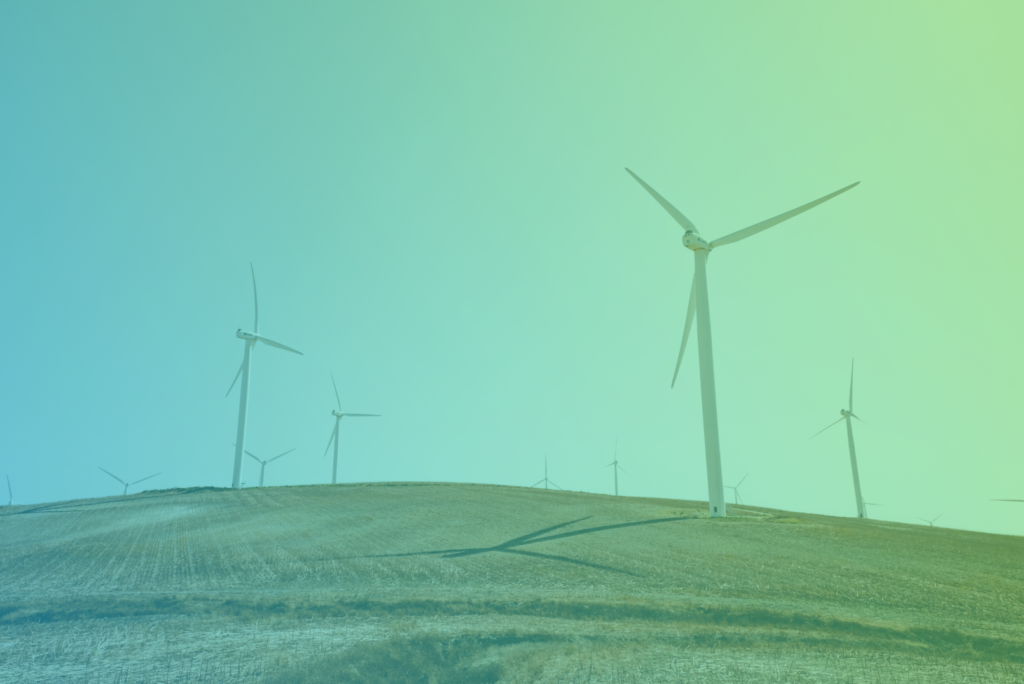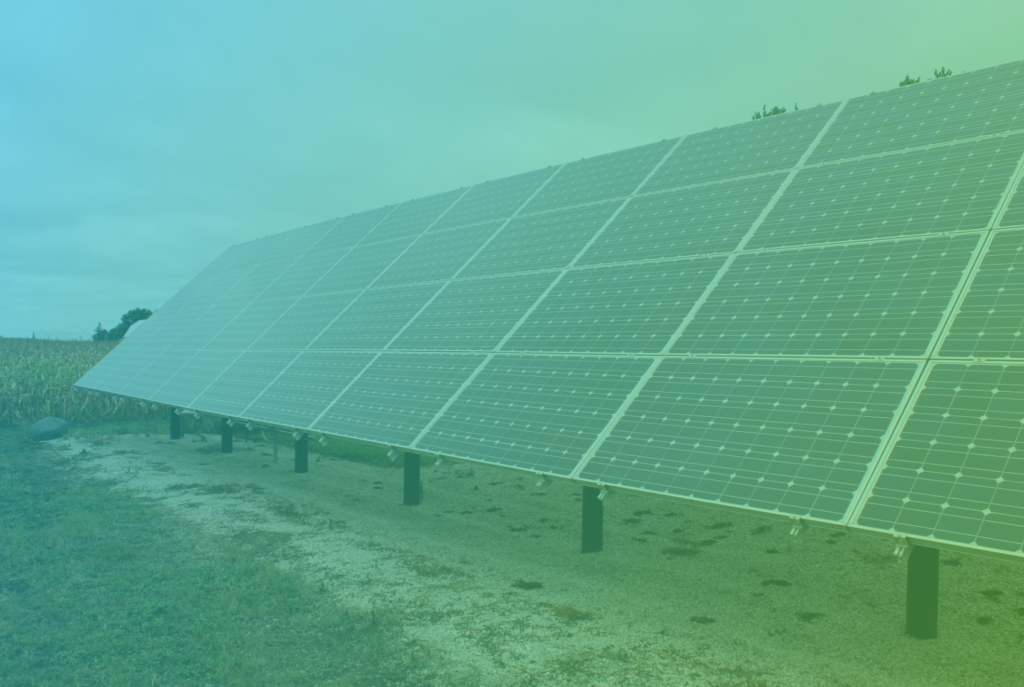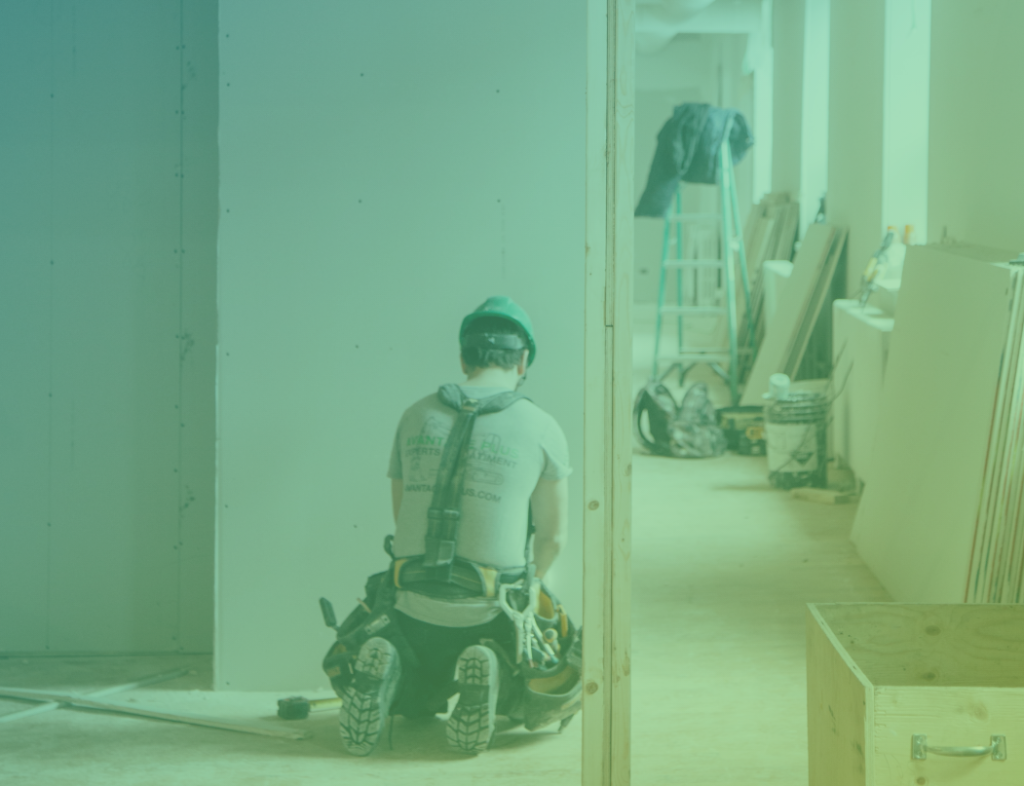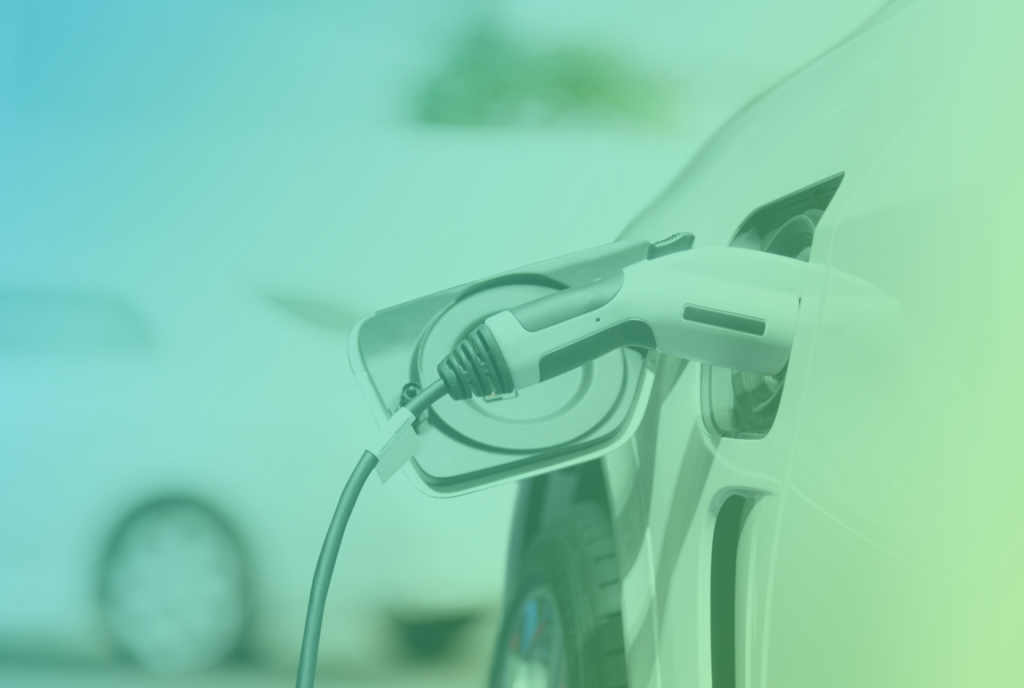IOWA CLEAN
Iowa’s transition to 100% clean energy includes wind, solar, energy efficiency, energy storage, and electric vehicles. These technologies benefit our environment, economy, health, and quality of life.
IOWA CLEAN
ENERGY FACTS
Iowa’s transition to 100% clean energy includes wind, solar, energy efficiency, energy storage, and electric vehicles. These technologies benefit our environment, economy, health, and quality of life.
WIND FACTS
Iowa is a national leader in wind energy, producing the highest percentage of electricity by wind of any state – 57%.
Wind is clean, renewable, benefits Iowa’s farmers and economy, attracts business to the state, and helps keep prices low.
In 2021, wind projects generated approximately $57 million in tax revenue and $67 million annually in lease payments to landowners in Iowa.
The wind industry directly employed 3,953 Iowans in 2020, including manufacturing, operations and maintenance, and engineering professionals
New wind energy in Iowa is the cheapest new source of electricity generation, even without incentives, and is cheaper than new natural gas, nuclear, or coal.
SOLAR FACTS
Solar is an important complement to wind, producing best at peak times.
As of March 2022, Iowa had at least 349 megawatts (MW) of total installed solar capacity, up from approximately 2 MW of solar installed in 2012. Iowa is on track to exceed 2,200 MW of solar with the addition of approved and proposed utility-scale projects over the next few years.
Solar installations are found in all 99 counties, benefitting individuals, businesses, farmers, churches and local governments.
Iowa had 773 jobs supported by the solar industry in Iowa in 2022 and there are 85 Iowa businesses involved in the solar energy supply chain.
Iowa has the technical potential for over 4,000,000 MW of solar, which ranks 16th among U.S. states — putting Iowa ahead of states such as Florida, Georgia, Missouri, North Carolina and South Carolina.
ENERGY EFFICIENCY FACTS
We waste a lot of energy in Iowa: by investing in more efficient buildings, lighting and processes we can reduce electricity and natural gas use.
Iowa was ranked a disappointing 36th in the nation in energy efficiency by ACEEE in 2020, falling sharply from 23rd the year prior.
Iowans in all 99 counties are employed in the energy efficiency industry, from HVAC contractors to homebuilders, energy auditors to manufacturing facilities and retailers.
Reducing energy waste helps people control their energy costs, helps low-income individuals and families pay their bills, and makes housing safer and more comfortable.
Energy efficiency keeps our air and water clean by preventing burning of dirty fossil fuels.
ELECTRIC VEHICLE FACTS
Transportation accounted for the largest portion of total greenhouse gas emissions in the U.S. in 2020, having surpassed emissions from electricity in 2016.
There were 4,264 fully electric vehicles and 4,106 plug-in hybrid electric vehicles registered in Iowa through the end of 2021. This represented 0.34% of the registered passenger vehicles in Iowa.
EV drivers in rural Iowa saved an average of $770 in 2018 by switching from gasoline to electricity.
Iowa had 209 level 2 and 71 level 3 charging stations, as of June 2022. Iowa must expand the network of electric vehicle charging stations to facilitate the growth of the electric vehicle market in the state.
As part of the 2021 Infrastructure Investment and Jobs Act, federal funds were authorized to support the continued development of EV chargers. Iowa is eligible for $51.4 million over 5 years, including $7.6 million for federal fiscal year 2022.

WIND FACTS
Iowa is a national leader in wind energy, producing the highest percentage of electricity by wind of any state – 60%.
Wind is clean, renewable, benefits Iowa’s farmers and economy, attracts business to the state, and helps keep prices low.
In 2020, wind projects generated approximately $69 million in tax revenue and $78 million annually in lease payments to landowners in Iowa.
The wind industry directly employed 3,909 Iowans in 2019, including manufacturing, operations and maintenance, and engineering professionals
Every major part of a wind turbine is manufactured in Iowa (blades, towers, and nacelles).

SOLAR FACTS
Solar is an important complement to wind, producing best at peak times.
Solar installations are found in all 99 counties, benefitting individuals, businesses, farmers, churches and local governments.
In 2019, solar jobs grew faster in Iowa than in any other Midwest state, at 16.5%. Nationally, solar installers are the third fastest-growing occupation, behind wind technicians and nurses.
Iowa had an estimated 870 solar jobs in 2019.
Iowa ranks 16th among U.S. states in the technical potential for solar energy production. This puts Iowa ahead of states such as Florida, Georgia, Missouri, North Carolina and South Carolina.

ENERGY EFFICIENCY FACTS
We waste a lot of energy in Iowa: by investing in more efficient buildings, lighting and processes we can reduce electricity and natural gas use.
Iowa was ranked a disappointing 36th in the nation in energy efficiency by ACEEE in 2020, falling sharply from 23rd the year prior.
Iowans in all 99 counties are employed in the energy efficiency industry, from HVAC contractors to homebuilders, energy auditors to manufacturing facilities and retailers.
Reducing energy waste helps people control their energy costs, helps low-income individuals and families pay their bills, and makes housing safer and more comfortable.
Energy efficiency keeps our air and water clean by preventing burning of dirty fossil fuels.

ELECTRIC VEHICLE FACTS
Transportation accounted for the largest portion of total greenhouse gas emissions in the U.S. in 2020, having surpassed emissions from electricity in 2016.
Iowa nearly tripled the amount of all electric and plug-in hybrid vehicles from 2016 to the end of 2018.
Iowa must expand the network of electric vehicle charging stations to facilitate the growth of the electric vehicle market in the state.